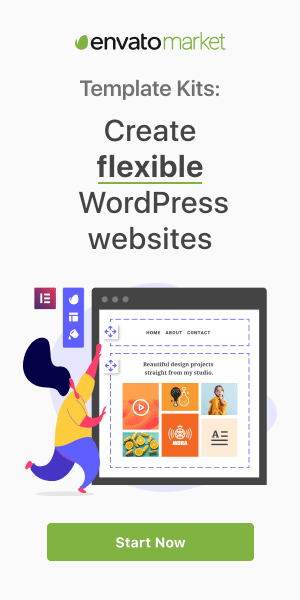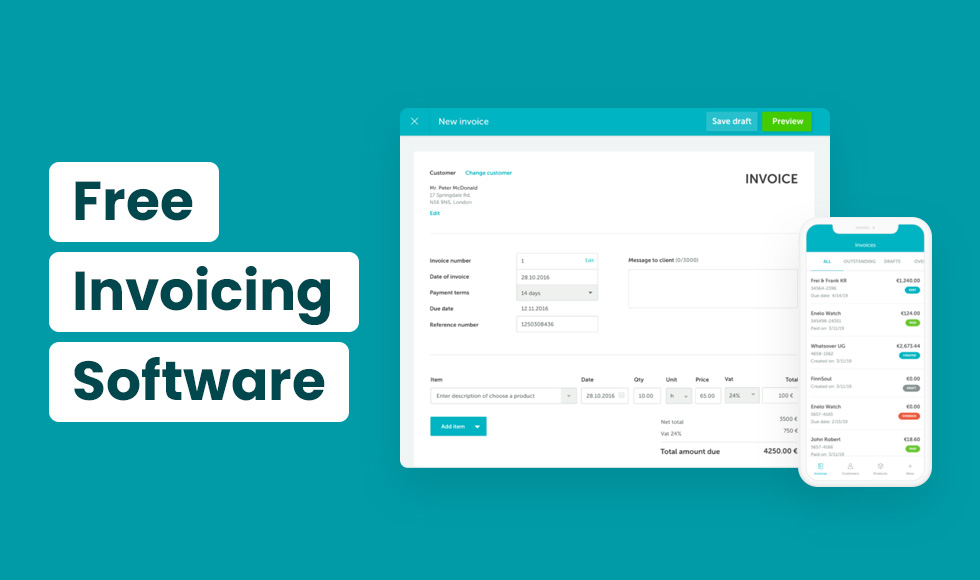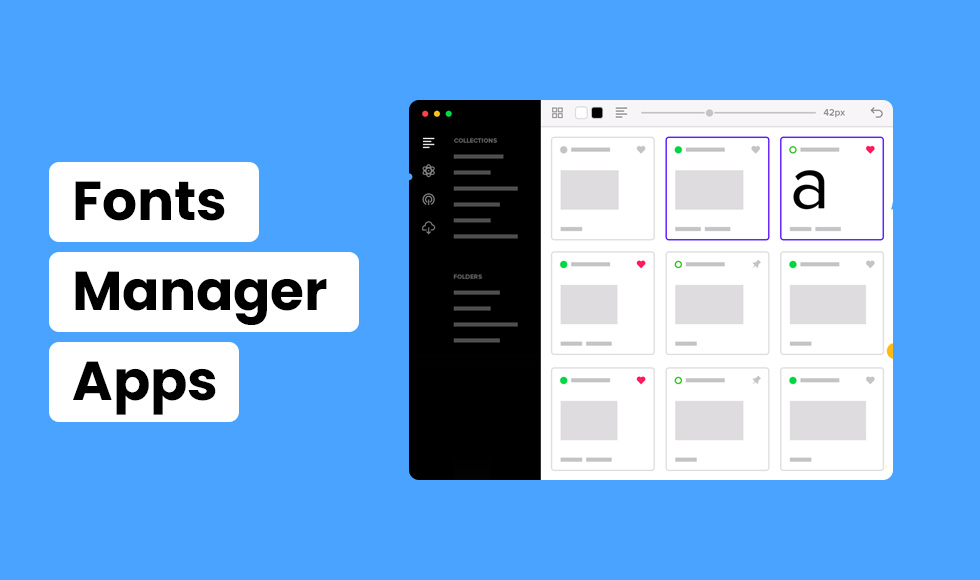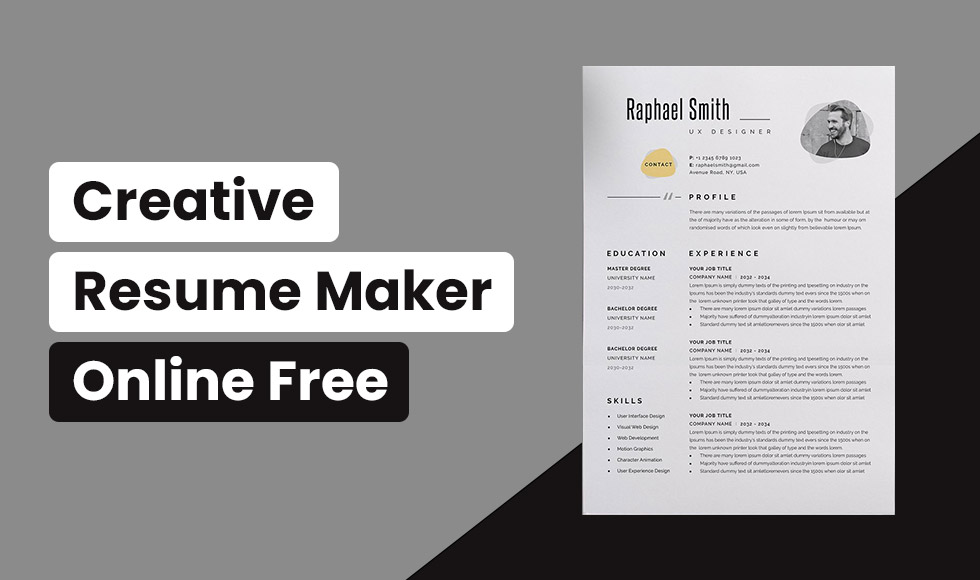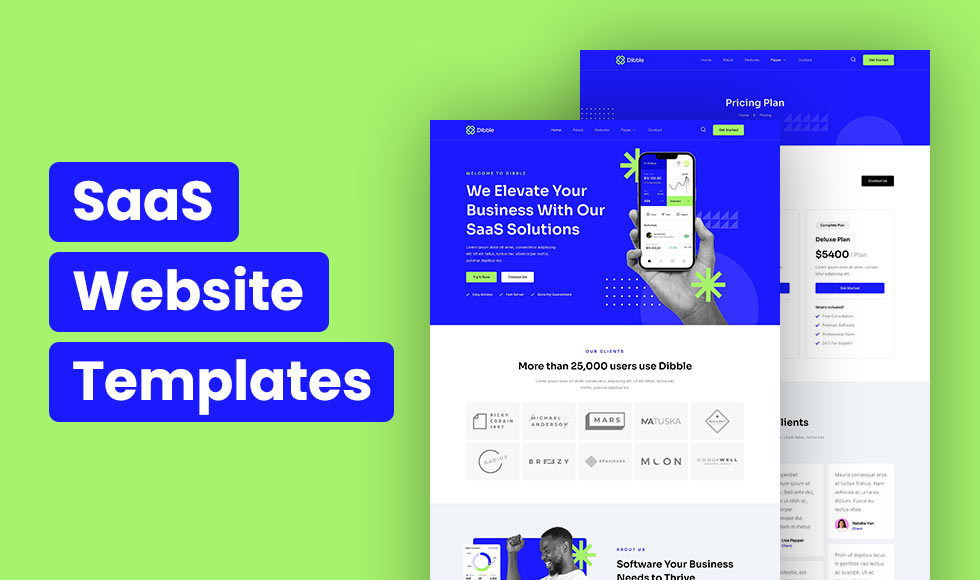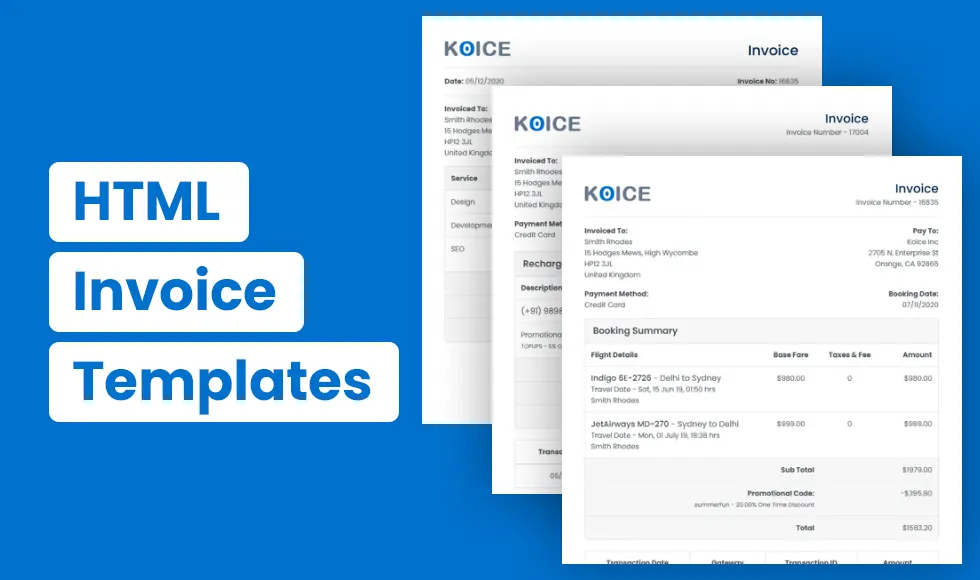The Internet is already a part of our life, an integral infinite source of information, a means of communication, and services. But, probably not all have the same opportunity to use it. Giving website access to people with disabilities is a part of web accessibility.
This article explores the crucial link between web accessibility and Search Engine Optimization (SEO). We shall explain what web accessibility involves, its effect on SEO, and ways of developing a user-friendly and search-engine-friendly website. Therefore, you, in making your website accessible, ensure following the ethical responsibility of having an inclusive online platform. You can also reach a very large section of your target group.
What is Accessibility On The Web?
Web accessibility involves designing and developing websites, tools, and information for everyone, regardless of ability.
The W3C’s online Content Accessibility Guidelines (WCAG) define international online accessibility standards. These guidelines outline four key principles:
- 1. Perceivable: Information and user interface components must be presented in ways users can perceive, regardless of the sense they use to access information (sight, hearing, touch).
- 2. Operable: User interface components and navigation must be operable. This means users can operate them using a keyboard, voice commands, or other assistive technologies.
- 3. Understandable: Information and user interface function must be clear. Content and directions should be clear and simple.
- 4. Robust: Content should be robust enough so that the many user agents, including assistive technologies, can parse it with reasonable accuracy.
It ensures that a site designed with your company’s website WCAG guidelines is accessible to the public and provides a good user experience to everyone.
What are the SEO elements to be taken care of for Accessibility?
While search engines don’t explicitly list accessibility as a direct ranking factor, there are several ways web accessibility practices positively impact SEO:
1. Improved User Experience (UX):
Accessible websites are more user-friendly, with clear navigation, proper heading use, and alternate text for images. This can keep users on the site longer, reduce bouncing, and possibly lead to greater conversion. Certainly, search engines consider this kind of user engagement metric when deciding the quality of a website.
2. Enhanced Crawlability and Indexing:
Accessible sites have easier navigation with the help of search engine crawlers. Good page structure and images with descriptive alt text will lead to easy crawling of your content on the website and, thus, better visibility in search engines.
3. Mobile-friendly and optimized for voice search:
The websites are mobile-friendly, in terms of the mobile layout, because it is accommodating varied screen sizes of other devices, otherwise, they will have very low ranks with regard to SEO on the search results for mobile. The website should conform to principles of responsive design that are easy to understand and compliant with screen readers.
In future scenarios, voice search may be one of the ranking factors for the search engines. Websites that are voice-search-compatible for screen readers and those easily understood by the search engine bots will be better ranked in searches too.
Is Web Accessibility a Ranking Factor?
Search engines such as Google do not specifically state that accessibility is a direct ranking factor. Yet, there is significant proof showing its indirect effect on SEO performance. The core web vitals from Google, which consist of metrics to measure page speed, responsiveness and visual stability are all closely tied with good accessibility practices. Websites that load quickly, are friendly towards mobile devices and possess an evident structure usually tend to be accessible as well as SEO-friendly.
Additionally, Google highlights the significance of having a good user experience. Usable websites naturally provide this because they are easy to navigate, content is comprehensible and compatible with assistive technologies. Search engine algorithms probably consider user engagement metrics such as dwell time, bounce rate and click-through rate when ranking sites; accessible websites usually perform well in these aspects.
How to make a website Accessible & SEO Optimized?
Here are some key strategies to create a website that caters to both accessibility and SEO:
1. Clear and Concise Content:
Write clear, concise, and easy-to-understand content using plain language. Avoid jargon or technical terms that may be unfamiliar to a broader audience.
2. Semantic HTML and ARIA Attributes:
Use semantic HTML elements like headings (h1, h2, etc.), paragraphs (<p>), and lists (<ul>, <ol>) to structure your content. This helps search engines understand the context and hierarchy of your information.
Attributes within WAI-ARIA (Accessible Rich Internet Applications) offer additional semantic information to assistive technologies, such as screen readers. This makes them more friendly to complex web elements, including but not limited to dynamic content or third-party widgets. Use ARIA attributes only where absolutely necessary and always refer to the latest WAI-ARIA documentation from its official source as it frequently gets updated with several new changes in this area.
3. Accessible Images:
Alt text helps in making images understandable in their content and purpose if the user has difficulty seeing. The description should not be too general, like “image of a plane” or “complex image“; it must be detailed and contain technical information. The longdesc attribute can be used for detailed explanation.
Furthermore, multimedia content, such as audio or video files, must be accompanied by alternatives in text form to enable the understanding of such content by users who may have hearing-impairments. These are video captions, audio transcripts, or easily understood linking information from a separate transcript page.
4. Keyboard Accessibility and Navigation:
Keyboard accessibility means making sure that a user can move around and engage with a website using only their keyboard, especially for people who have difficulty with physical movements or use screen readers. Every part of the site which can be interacted with buttons, links and forms needs to be focusable by hitting the Tab key. The tabindex attribute is used to manage focus order within interactive elements.
When you navigate through a website using your keyboard, there should always be clear visual cues showing where the current focus is located on every page. This helps users who may have trouble moving their hands or fingers precisely understand what part of the site they are interacting with at any given time. For all users, user experience and navigation can be enhanced using CSS styles or JavaScript code.
5. Descriptive URLs:
URLs that clearly describe the content on the page are beneficial for both users and search engines. Ensure to create user-convenient URLs with relevant keywords, but don’t overstuff them with keywords. Separate words in the slug by the hyphens for read ease and aesthetics, e.g., e-commerce website accessibility.
5. Color Contrast:
WCAG Guidelines have set minimum contrast ratios of the text against its background for good readability by users with visual impairment: 4.5:1 for small text and 3:1 for large text.
For example, check the color selection by the APCA Level AA conformance checker. It will ensure that the text has good contrasting colors against the background, making it easy for users with low vision to read the text presented.
6. Design and Usability:
To make it user-friendly, create your website with a responsive design that can adjust to different screen sizes and devices. Pay attention to ease of use by testing the website on real users who come from various backgrounds and have varying ability levels. This will help you find any accessibility problems that might not have been noticed during the development phase.
SEO Best Practices
Here are some popular SEO strategies
- Conduct keyword research to identify relevant keywords for the target audience.
- Create high-quality, informative, and engaging content.
- Optimize website speed for fast loading times.
- Use tools like Google PageSpeed Insights for improvement.
- Ensure clean, well-structured codebase and submit a sitemap for effective search engine discovery.
- Create a strong internal linking structure for easy navigation and link equity distribution.
Conclusion
Making a website that is accessible and also good for SEO does not have to be very hard. If you apply the correct methods, your website will be liked by a bigger group of people, get a better user experience and rank higher on search engine results pages. Ultimately, web accessibility is not only about rules but more about ensuring everyone can participate in online activities equally. When you mix accessibility rules with your SEO strategy, it’s not just about being ethical but also setting a path for better and lasting existence online.


